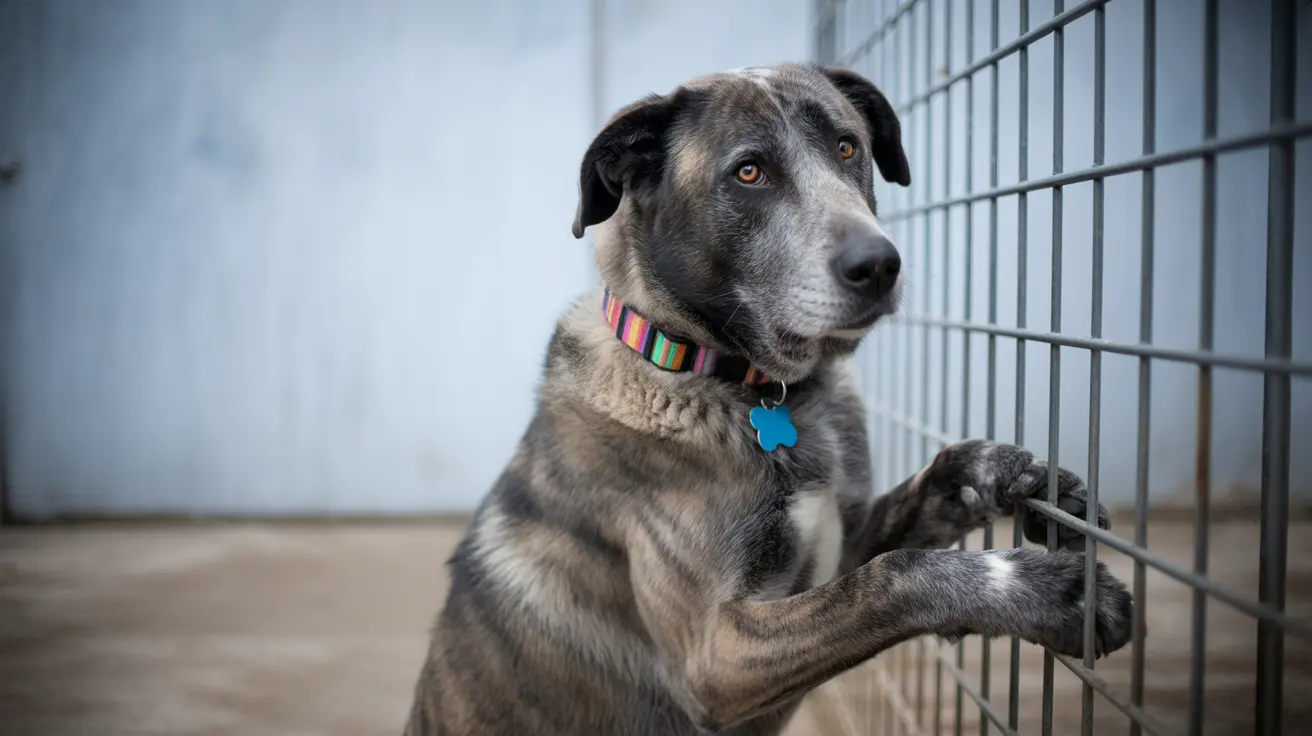How to Care for Your Dog When She's in Heat
When your female dog enters heat (also called estrus or her season), she becomes fertile and can get pregnant. This phase is natural and part of her regular reproductive cycle unless she's been spayed. The first heat usually arrives around six months of age but can vary based on breed and size—some small breeds start as early as four months, while larger breeds may not until they're over a year old.
Understanding the Heat Cycle
The canine heat cycle has four main stages:
- Proestrus: Lasts about seven to ten days. You'll notice a swollen vulva and bloody discharge. She'll attract male dogs but won't be receptive yet.
- Estrus: This is the fertile period (five to ten days, sometimes up to three weeks). Discharge lightens or decreases, and she may "flag" her tail to show readiness for mating. Ovulation happens now.
- Diestrus: Follows mating, lasting sixty to ninety days (longer if pregnant). Swelling subsides, discharge stops.
- Anestrus: The resting phase between cycles, often several months long.
Most dogs go into heat about every six months. Small breeds may cycle more often; large breeds less so. Unlike humans, dogs don't experience menopause—they can have heats throughout their lives.
Signs Your Dog Is in Heat
- Swollen, reddened vulva
- Bloody vaginal discharge (often lighter or pinker as it progresses)
- Licking the genital area
- Increased urination (sometimes marking)
- Behavior changes: restlessness, agitation, extra affection or anxiety
- Mounting objects or other animals
- Barking or whining more than usual
- Attracting male dogs—and showing interest in them
The bleeding phase usually lasts seven to ten days; the whole cycle runs two to three weeks but varies between dogs.
Caring for Your Dog During Heat
Your dog will need extra supervision—she might try to escape to find a mate, and male dogs could become persistent visitors. To prevent unwanted mating:
- Keep her indoors or under close watch outside.
- Use a leash on walks; avoid dog parks or public areas with other dogs.
- If there are intact males at home, separate them completely during this time.
You'll also want to manage cleanliness. Dog diapers or washable sanitary pants help contain discharge—change them often. Restrict your dog's access to easy-to-clean areas if needed and provide towels for extra protection. Most dogs groom themselves frequently but check that her skin stays dry and un-irritated; gently wash the hind end daily with warm water and towel dry.
Your Dog's Comfort and Wellbeing
A dog in heat isn't typically in pain but may be uncomfortable or fidgety. Offer a calm environment and extra affection if she seems anxious. Let her rest as much as she wants but provide enrichment toys or gentle walks (avoiding males) if she's bored or restless.
If your dog's heats become irregular—or if she skips cycles—talk with your vet as it could signal an underlying health issue.
Avoiding Unwanted Pregnancy
- If breeding isn't intended, keep your female away from unneutered males during heat at all times.
- If accidental mating occurs, contact your veterinarian promptly; there are medical options that may prevent pregnancy if given soon after mating.
The Case for Spaying
If you don't plan for puppies, spaying (removing ovaries and uterus) is the only permanent way to stop future heats and pregnancies. Spaying also reduces risks of uterine infections and some cancers. If you intend to spay after a heat cycle starts, wait at least eight weeks from its beginning before surgery for safety reasons.
Hygiene Tips During Heat
- Keep bedding clean; change it regularly to remove discharge stains.
- Let your dog's skin breathe by allowing supervised time without diapers each day (if she's not likely to chew them).
Watch for Health Concerns
- If you see extreme swelling, severe pain, white/foul-smelling discharge, loss of appetite, lethargy—or anything unusual—call your vet right away.
Sometimes after heat ends, hormone shifts cause false pregnancy: nesting behavior or even milk production can occur but usually resolve naturally. Monitor for complications just in case.





